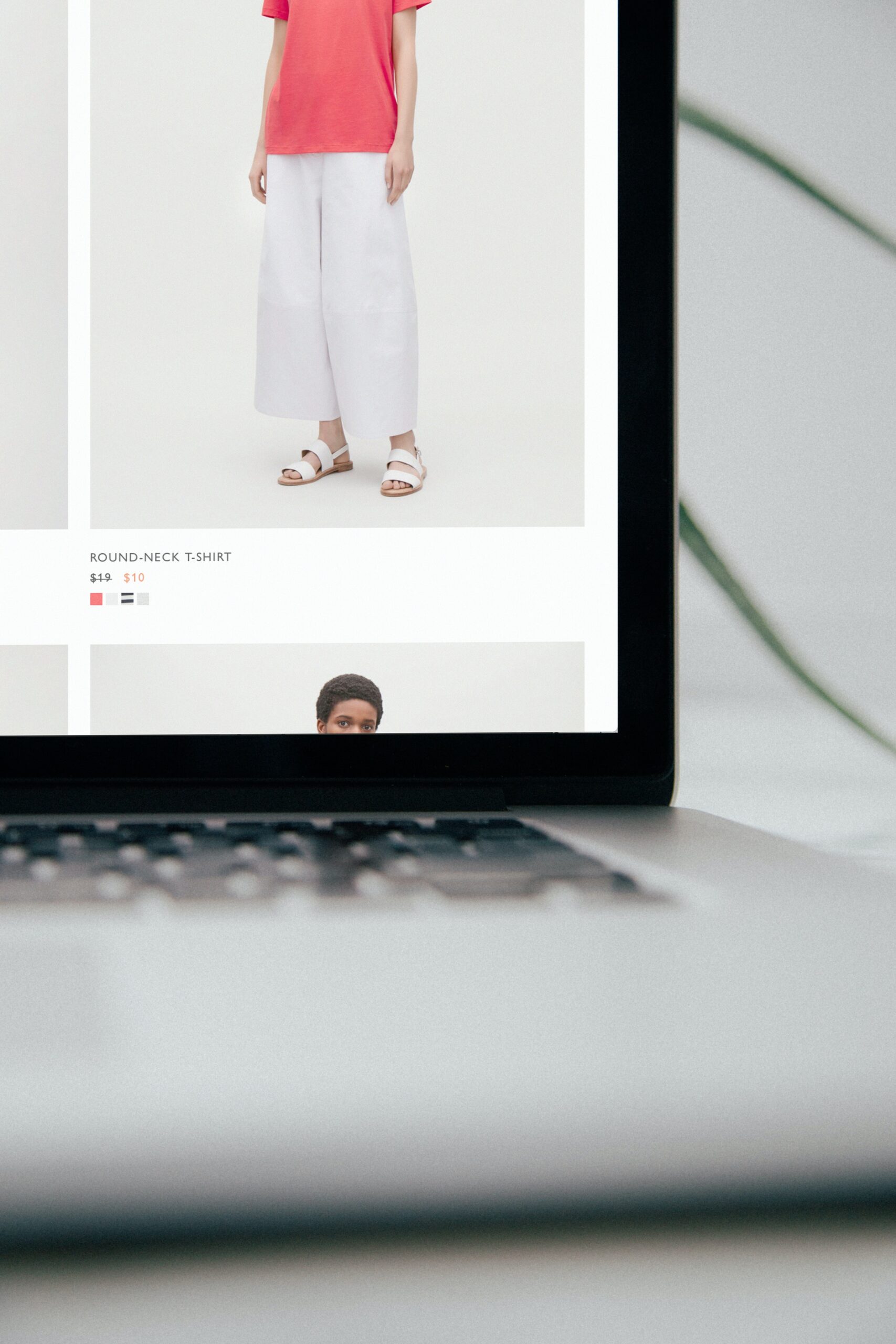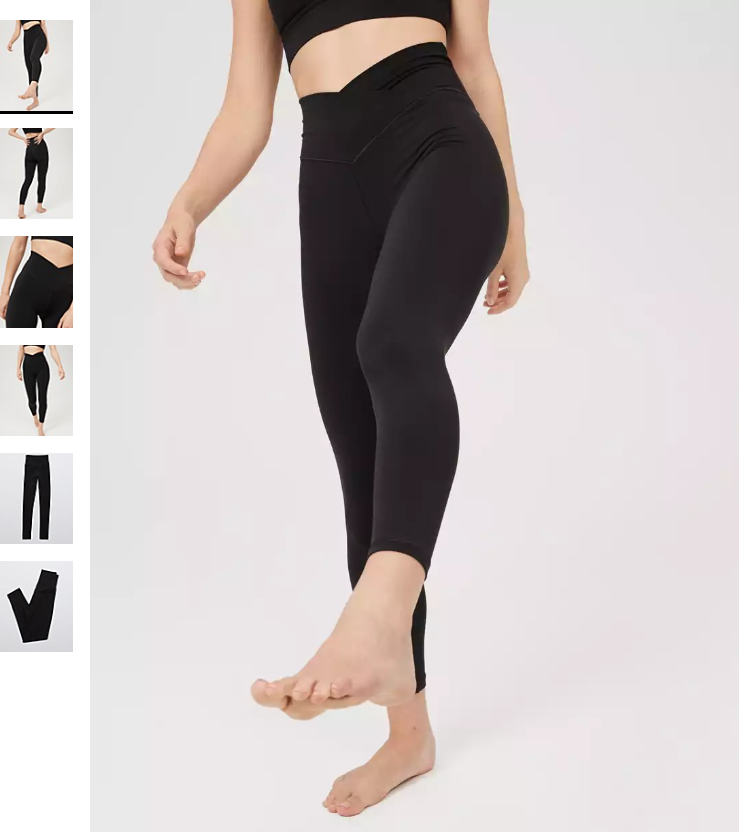Over the last few years, social media has quickly become an extremely prominent part of our daily lives. Not only are there increasing numbers of individual users; businesses and organizations are also using social media accounts to promote themselves and connect with their audience.
There are many debates about the effect of the use of social media on human beings, however, in theory, social media is a tool of communication, content sharing and more. In other words, social media is a simple “message conveyor”. In light of this context, it is interesting to take a closer look at what role social media plays in the influence and communication between individuals and businesses.
When discussing individual-to-individual influence via social media it is crucial to make the distinction between intentional and unintentional influence. The majority of individuals on social media fall into the unintentional influence category; this category includes all media users that post pictures with no other intent apart from sharing a moment of their lives…
But how exactly are these people creating influence? By sharing their pictures or stories of experiences in different places, users make this content available to their followers. In turn, those who view and/or read this content may decide that they: like the shirt, the person is wearing and want the same one, suddenly they want to go try out that same restaurant, want to go to that museum because they find it aesthetically pleasing… The list can go on, but the bottom line is that by sharing content on various media, even if you have no motive to promote/advertise something, you are still doing so; what you post can very much influence the actions of the people that follow you.
A very recent (and more viral) individual-to-individual example of this phenomenon can be seen from the sudden interest in “those leggings from TikTok”. Long story short, a TikTok user uploaded a short dance video of herself wearing a nice pair of well-fitted leggings (bear in mind her intent here was to post a dance not to promote or vouch for the leggings at all).
Almost immediately, her video was crowded with comments from others asking where she got the leggings. This pair of leggings went so viral, that this example can not only show the outcome of unintentional individual-to-individual influence but also an individual-to-business influence; so many people ordered this model of leggings from the company that they went out of stock almost instantaneously.
On the other hand, we also have those users who exercise a conscious influence over their audience (more commonly known by the term “influencers”). This can be seen as both individual-to-individual and individual-to-business influence. Such users have and use explicitly the intent to promote businesses and their products/services to their followers.
The use of social media in this instance is crucial as it enables influencers to have a tremendous following by people in their area and not only; fans and followers from all over the world contribute to the immense audience that these “famous” figures accumulate over time. The more people that are privy to the postings of influencers, the larger the audience is and thus the greater is the promotional reach. This is not to say that every single person in that audience will be quick to jump on anything and everything that is posted about, however, it does increase the chances.
An important point to mention is that with a larger audience, the stakes are significantly higher. When discussing influence at a large scale, the reputations of the individual influencer, as well as the business, become at-risk. The opinion of one influencer can have either a very positive or a very negative effect on the business at hand; a positive appraisal of a product can send sales off the charts just as easily as a review of disappointment and dissatisfaction can result in the opposite. In the same way, anything posted by the business with regards to the influencer can either “make or break” their public image.
What about business-to-individual influence? An increasing number of businesses now have a social media presence. Through the use of Instagram, Facebook, Twitter (you name it!) businesses can do so much more than just provide a short summary of information about themselves and their products. Social media provides businesses with the tools to build their brand, to be proactive, and most importantly to be able to communicate directly with their consumers!
That said, yes, many businesses have their own websites and restaurants which can be found on google maps come with user reviews and useful information, however, social media significantly bridges the gap between business and consumer in a more effective way. From direct messaging to short polls, to recent updates; it allows businesses to stay on top of trends, post engaging content, and finally, keep their existing customers as well as interact with new prospects.
Why is any of this relevant? The emphasis here is on the different kinds of influence that social media can facilitate between individuals and/or entities. Given this information, the most important thing to take away from it is to learn to recognize these influences and to be more aware as an individual with a social media presence.



Leave a Reply